Rising Health Consciousness
The increasing awareness of health and nutrition among consumers appears to be a primary driver for the Fresh Milk Market. As individuals prioritize healthier lifestyles, the demand for fresh milk, which is perceived as a natural source of essential nutrients, has surged. According to recent data, the consumption of fresh milk has seen a steady rise, with a notable increase of approximately 5% annually. This trend is particularly evident among younger demographics who are more inclined to choose fresh milk over processed alternatives. The Fresh Milk Market is likely to benefit from this shift, as consumers seek products that align with their health goals. Furthermore, the emphasis on organic and hormone-free milk options suggests that producers may need to adapt their offerings to meet these evolving preferences.
Changing Dietary Preferences
Shifts in dietary preferences are significantly impacting the Fresh Milk Market. As more consumers adopt plant-based diets or reduce their dairy intake, the demand for fresh milk is experiencing fluctuations. However, there remains a substantial segment of the population that values fresh milk for its nutritional benefits. Recent surveys indicate that approximately 60% of consumers still consider fresh milk a staple in their diets. This suggests that while alternative milk products are gaining traction, there is a resilient market for traditional dairy. The Fresh Milk Market may need to navigate these changing preferences by diversifying product offerings, such as introducing lactose-free or fortified milk options, to cater to a broader range of consumer needs.
Sustainability and Ethical Production
Sustainability initiatives are increasingly influencing consumer choices within the Fresh Milk Market. As environmental concerns gain prominence, consumers are gravitating towards brands that demonstrate a commitment to sustainable practices. This includes sourcing milk from farms that prioritize animal welfare and employ eco-friendly production methods. Recent statistics indicate that approximately 30% of consumers are willing to pay a premium for sustainably produced milk. This trend not only reflects a shift in consumer values but also presents an opportunity for producers to differentiate themselves in a competitive market. The Fresh Milk Market may see a rise in demand for products that are certified organic or carry sustainability labels, as consumers seek to make more informed purchasing decisions that align with their ethical beliefs.
E-commerce and Direct-to-Consumer Sales
The rise of e-commerce is transforming the Fresh Milk Market, providing consumers with convenient access to fresh dairy products. Online platforms enable direct-to-consumer sales, allowing producers to reach a broader audience without the constraints of traditional retail channels. Recent data indicates that online grocery sales have increased by over 25%, with fresh milk being one of the top-selling items. This shift not only caters to the growing demand for convenience but also allows consumers to make more informed choices by comparing products and prices easily. As the Fresh Milk Market adapts to this trend, producers may need to invest in digital marketing strategies and logistics to effectively compete in the online space.
Technological Advancements in Dairy Farming
Technological innovations in dairy farming are reshaping the landscape of the Fresh Milk Market. The adoption of advanced farming techniques, such as precision agriculture and automated milking systems, has the potential to enhance productivity and improve milk quality. Data suggests that farms utilizing these technologies can increase milk yield by up to 20% while reducing operational costs. This efficiency not only benefits producers but also ensures a consistent supply of fresh milk to meet growing consumer demand. As the Fresh Milk Market continues to evolve, the integration of technology may play a crucial role in addressing challenges related to supply chain management and product traceability, ultimately fostering consumer trust and loyalty.




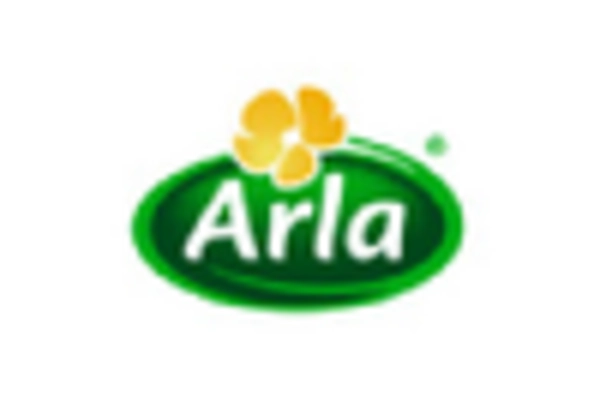

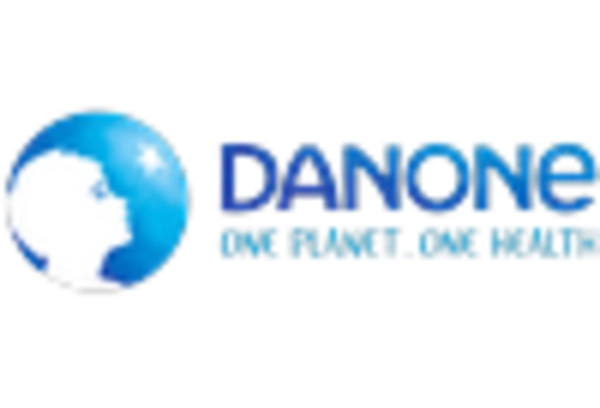
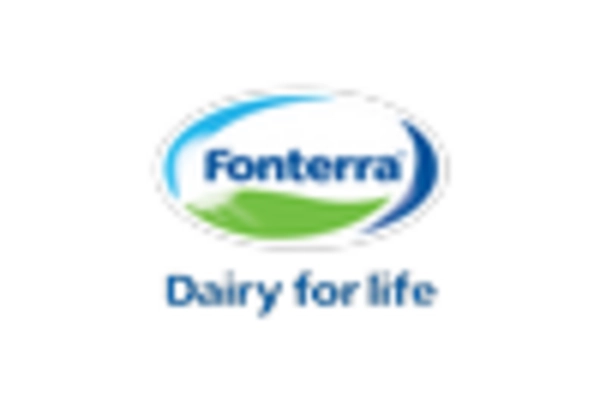
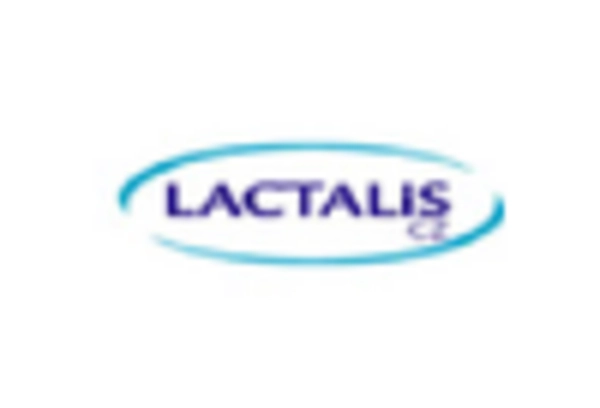
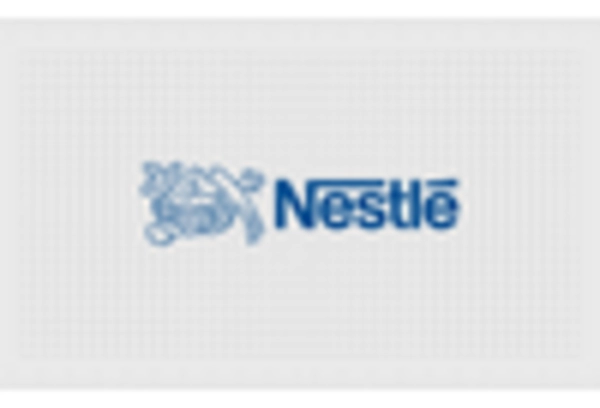








Leave a Comment